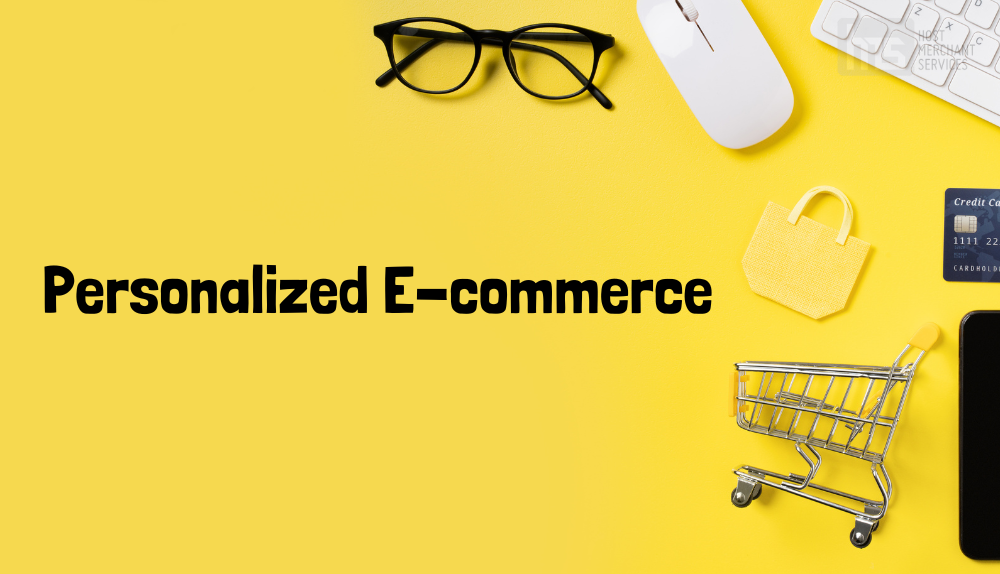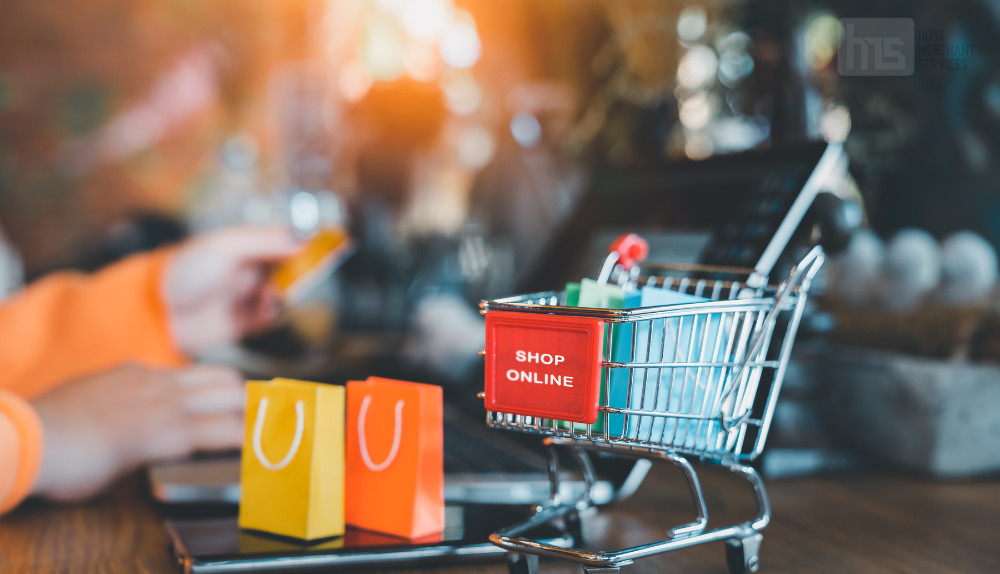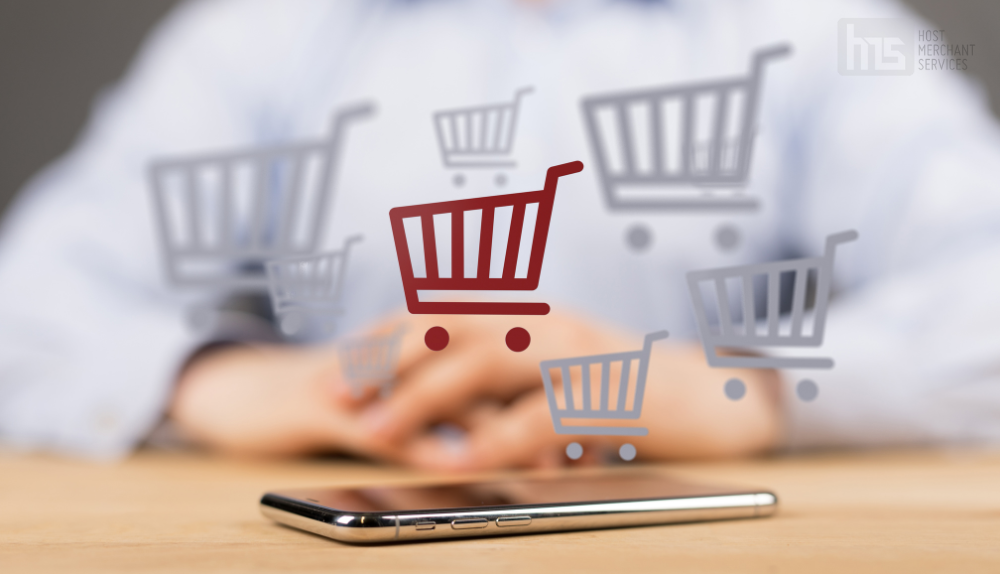
By max June 29, 2023
Creating a personalized experience for your customers has become key to achieving their satisfaction. In fact, the eCommerce industry has been on the hunt for offering personalization and an experience that’s relevant to the customer’s individual needs and goals. If you are in the eCommerce business, you may have most likely heard of personalization also known as personalized e-commerce.
It streamlines customers’ shopping journeys on your online store and provides them with a seamless buying experience. So, what exactly personalization is, and why your business needs to create a personalized journey for your customers? Let’s discover more about personalization for eCommerce businesses.
What is Personalized E-commerce?

There are two approaches to doing business. You can either create a personalized shopping experience by understanding their buying patterns, tracking their buying history, and displaying products based on their interests and previous purchases. Or, you can use a one-size-fits-all approach where all customers are treated the same and your product list is displayed randomly, irrespective of the customer’s individual preferences.
Adapting to a personalized approach can be done in different ways. Some businesses may develop a personalized homepage for different users, while others might filter the product list based on customers’ geographical location or their search history. No matter which method you choose, the ultimate goal of this approach is to increase customer conversions, engagement, and retention. That is achieved by sharing dynamic content which is optimized for customers’ needs and preferences.
Why is Personalization a Big Trend?

Personalization has become a standard practice in the eCommerce world, and it’s not hard to see why. Research shows that 80% of customers are highly likely to buy from a store that offers a personalized shopping experience. 90% of them find the idea of getting personalized treatment. The trend has received attention in all markets and from all online shoppers.
It’s become an ideal way to drive organic traffic to your website, increase sales, and multiply your revenue. As exciting as the idea sounds, it can get pretty overwhelming. With such a vast range of options and tools available to personalize your websites, homepage, apps, and social media, finding the best personalization marketing strategy can get difficult. Let’s see what makes personalization important for merchants in the eCommerce world.
Benefits of Personalization for the E-commerce Industry
Before the eCommerce industry emerged, shopping was pretty straightforward. Customers would walk into the retail store, find an assistant who’d help them find the product they are looking for, and assist them throughout their shopping journey. That’s, however, not possible in the eCommerce world. The complex digital industry makes it difficult for merchants to take care of the customer’s individual needs. You might get hundreds of thousands of visitors to your online store, but you can’t attend to each customer individually without the right tools.
Social media and eCommerce marketplaces have raised customers’ expectations. They demand a personalized experience where they are shown products based on their preference instead of a random list of products or a homepage that doesn’t seem relevant to their buying patterns.
eCommerce personalization creates a customer-centric ecosystem, which improves your customers’ experience by providing them with content, pricing, and products they have been looking for. It gives businesses a competitive edge.
Let’s take a look at some key benefits of personalization for eCommerce businesses.
Increased Conversions
The above stats show the importance of personalization for customers. A majority of them feel frustrated if the content on a website doesn’t match their needs or shopping profile. When a customer returns to your store, they will most likely buy something similar to what they have bought before or the same product.
Knowing their buying patterns will help you personalize their shopping feed by displaying the content and products they must be interested in. Customers tend to stick around when they get personalized deals. This increases your conversion rate, driving higher sales for your eCommerce store. And it’s not just about the product lists. You can personalize your customer’s shopping experience at various touchpoints, including pricing, checkout, etc.
Boost Sales
Personalized recommendations create an additional revenue stream for merchants. Have you ever bought a recommended product that seems relevant to your needs and something that you were planning to buy but couldn’t find? Thanks to the AI-powered recommendation engine. It streamlines your customers’ buying journey and increases your revenue.
There’s a good chance a customer won’t need any convincing to buy these recommended products. The technology automatically captures your customer’s purchase patterns and history, thus showing them things that are useful for them. This can be a complementary product, such as a shampoo recommendation for those buying hair oil. Or, a full grooming kit for customers that just searched for oil, face wash, and shampoos.
Builds Customer Loyalty
If you think personalization will affect customers’ privacy, studies show that 83% of customers are fine with sharing their data with the eCommerce stores if they get a personalized experience in return. Customers also tend to recommend your store to their friends and families based on the personalized experience they get.
These customers are highly likely to visit your store for repeat purchases. That is the ultimate goal of every merchant. Personalization helps you turn your first-time customers into loyal customers that are willing to pay a higher price to buy from you.
Attract Customer’s Attention
Making a sale in today’s competitive eCommerce landscape requires creativity. Personalization focuses on your target customers that are going through similar problems and are searching for products/services that can resolve their issues easily. Curating your websites, social media, landing pages, and the entire marketing campaign according to your customer’s needs will help you get a competitive edge.
Your customers will rely on your recommendation. Personalized feeds are appealing to your customers. Unlike cluttered websites that are loaded with too much unnecessary information, personalized pages are designed keeping the customer’s buying patterns, problems they are facing, and their overall shopping profile in mind. It will attract their attention and keep them on your page for a long time.
How to Achieve Personalization?

Now that you know the benefits of personalization for the eCommerce industry and how it can affect your bottom line, the next big question is how you implement personalization.
Understand Your Target Audience
A personalized shopping experience is all about understanding each customer’s individual needs. It’s the blend of technology and your knowledge that will help you offer a personalized shopping experience to each buyer. You can start with how they reached your website or what led them to search for the keywords that you have optimized your website for.
Suppose you run an eCommerce store selling sports equipment and a customer visits your page through the search engine using the keyword “affordable cricket accessories”. Now you know what the customer is looking for. So, instead of taking them to your comprehensive sports section, you can just show the list of the cricket accessories that have been trending in your store or the reasonably-priced cricket items they must be interested in.
Intelligent Search is Important
Your search bar should be beyond the words customers type in the search bar. That’s because the keywords can be misleading at times or incorrect. Typos are very common. But your customers expect the search bar to understand what they are looking for and personalize their shopping feed based on their preferences. For instance, if someone is searching for skirts, makeup, bags, and other accessories, the intelligent search feature can identify the customer as a female and recommend products accordingly.
Tracking their Buying Pattern
Leveraging the power of Machine Learning and Artificial Intelligence will help you deliver a great customer experience. Just like a salesman stays with a customer throughout their buying journey, understands their color preferences and model choice, and shows them the product they will like, eCommerce store owners can do the same. AI and ML can identify your customer’s buying patterns, recent searches, and the choice of customers from the same segment. Using this data, you can show a personalized feed to each customer.
Personalization
You may have seen eCommerce websites showing prompts like “You might also like” or “Others have purchased”. This is the product recommendation engine showing complementary items you might want. Recommending random products won’t attract your customers’ attention, and nor is it a good strategy to sell your products.
You need to use AI to understand their shopping pattern and recommend products that are relevant to their search history or are something they have bought before. For example, if a customer has recently bought a laptop, they might be looking for laptop accessories, like a wireless mouse and keyboard set or a laptop case. You can show these products in the recommendation section.
Bottom Line
A long-term personalization strategy can increase your conversions, revenue, and customer retention. It won’t just increase the number of products they purchase from your store, but their frequency of visiting your online store too. These customers are highly likely to recommend your business to others.
